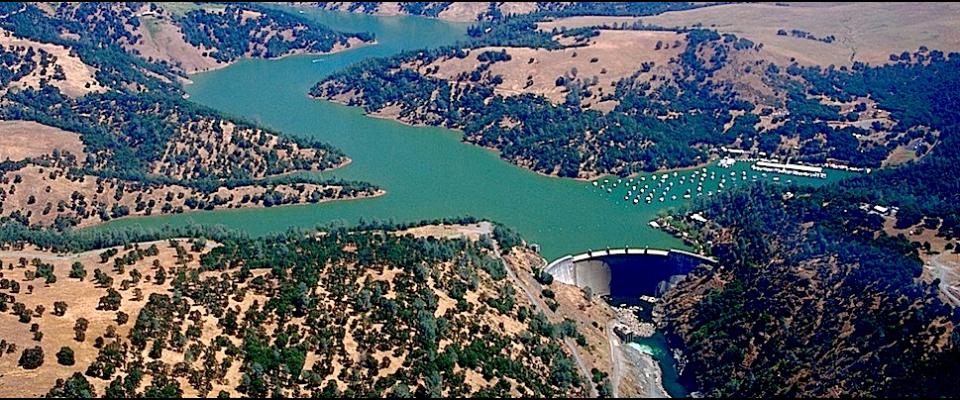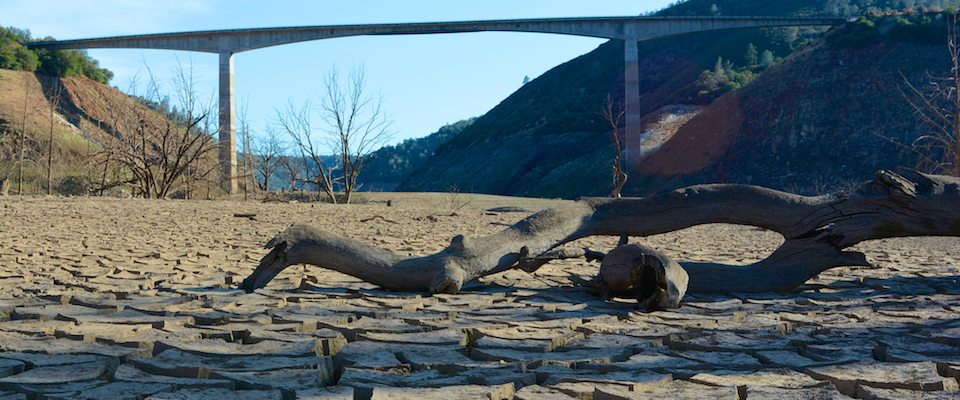The recent rains aside, the drought bedeviling California still is expected to be the worst in 500 years and will change the way Californians live and work—but not just the people. It’s going to be pretty hard cheese, as Evelyn Waugh might have said, on the critters as well.
The state’s wild lands aren’t just drying up: They’re changing. Nowhere is this more apparent than the Carrizo Plain National Monument, a vast stretch of grassland in the central state sometimes referred to as “California’s Serengeti.”
Grasslands are the most bio-diverse habitat in California, and Carrizo is particularly rich, supporting a variety of endangered and threatened species including giant kangaroo rats, blunt-nose leopard lizards, California condors and San Joaquin kit foxes. In most winters, a huge alkali sink in the middle of the plain fills up with water, attracting thousands of sandhill cranes. Pronghorn antelope and tule elk have been re-introduced. When there’s water—even a little water—the plain burgeons with square miles of wildflowers and teems with wildlife.
It has been a long time since that has happened, however. These days the Carrizo Plain is looking rather threadbare.
“In 2010, about 92 percent of Carrizo had vegetative cover,” says Justin Brashares, a Berkeley associate professor of wildlife ecology and conservation. “That was down to 18 percent in 2013, and of course, it’s going to be less—far less—in 2014. Survival is going to be very difficult for most of the animals.”
That includes the endangered giant kangaroo rat, which is more than a mere genetic rarity, explains Brashares. To a very large degree, as goes the giant kangaroo rat, so goes the Carrizo Plain. And vice versa. “It’s really a keystone species for Carrizo,” says Brashares. “It feeds aggressively on exotic plants, so it helps sustain the plain’s native flora. Its burrows are used by other species of concern, particularly blunt-nosed leopard lizards. It’s primary prey for the San Joaquin kit fox, also an endangered species. A lot depends on them.”
Which is too bad, since giant kangaroo rats are really circling the drain. Their numbers have crashed, and a sustained drought could put them beyond any appreciable recovery. As Berkeley climatologist Lynn Ingram has observed, the current “wet” season is the driest for California since 1580—and that’s coming on top of an extremely parched previous year.
“It’s not as though (kangaroo rats) could re-colonize from outlying areas,” says Brashares. “The Carrizo is their heartland. It’s their last major refuge. The surrounding habitat has been fragmented by agriculture and large solar arrays, so it isn’t exactly thick with kangaroo rats.”
The drought is thus more than an uncomfortable dry spell for Carrizo. It threatens to irrevocably alter its essential character.
“Carrizo is already on the edge of converting to an entirely new system,” Brashare says. “What is there after arid grassland? Well, desert basically. All of the values that make Carrizo so remarkable, the very reasons that so much energy, time and money that has been put into preserving it, would be lost.”
In fact, the drought is stressing all of California’s wild habitats, threatening to push them into different ecological orbits.
“If things stay dry long enough, habitats shift,” says Brashares. “It’s not just arid grasslands converting to desert. Oak savannas change into grasslands. Our coastal temperate redwood-dominated rain forests need a lot of moisture from both fog and rain, and if they don’t get it, they start turning into hardwood or mixed conifer forests.”
As Ingram’s research confirms, California accommodated many devastating droughts, some lasting decades, prior to European settlement. So can’t our wild ecosystems bounce back once they’ve received some soothing hydration?
Not necessarily, says Brashares.
Prior to Spanish colonization, the state was ecologically inviolate. There was plenty of room for various habitats, and the plants and animals that characterized them, to shift around. Back then, humanity existed in small redoubts encompassed by wilderness. Now the obverse is true. Our wildlands are islands surrounded by urban development or intensive agriculture. There is, in short, no place to move.
Too, the current drought isn’t necessarily an outlier. Scientists are loathe to attribute any single event to larger trends—correlation does not imply causation and all that—but the current lack of rain nevertheless conforms to a major prediction of climate change: extreme volatility.
“That’s pretty much confirmed by all the research,” says Brashares. “So when you have a once-in-500-year drought and you ask if that’s consistent with that kind of volatility, I’d have to say – yes.”
Brashares does see one upside to the Great Desiccation: an ebbing of denial.
“We work with a lot of ranchers, and many of them used to be very dubious about climate change,” says Brashares. “I think that has turned around. The impacts on the range from these kinds of (drought) events are extreme. This isn’t just an inconvenience to these guys. They stand to lose their livelihoods. They want to know what’s going on.”




















